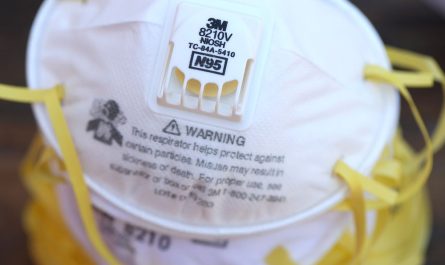Researchers in the US used a special technique to knock out neurons in developing mice, which they replaced with rat stem cells. These stem cells developed into rat neurons in the mouse brain, now a Frankenstein-like, hybrid brain. Remarkably, the engineered rodents are healthy and behave normally, which is very promising for neural regenerative therapies.
The research was carried out by two independent teams, who published their findings in the journal Cell. These studies not only enhance our comprehension of brain tissue development but also introduce new possibilities for treating brain-related disorders.
Mice that smell like rats
At Columbia University, the team led by Kristin Baldwin utilized rat stem cells to restore olfactory neural circuits in mice. These brain networks control the sense of smell.
“This research is starting to show us how we can expand the flexibility of a brain so that it can accommodate other kinds of inputs, from human-machine interfaces or transplanted stem cells,” says Baldwin, professor of genetics and development at Columbia University Vagelos College of Physicians and Surgeons and the Columbia Stem Cell Initiative.
Meanwhile, a University of Texas Southwestern Medical Center team took a different approach. They developed a CRISPR-based platform to pinpoint genes essential for tissue development, focusing particularly on the gene HESX1, which is crucial for mouse forebrain development. By silencing this gene and using rat stem cells, they generated forebrain tissues, providing a unique insight into brain development across different species.
“Being able to generate brain tissues from one species inside another can help us understand brain development and evolution in different species,” said Jun Wu, an associate professor at the university. “There’s a lack of good behavioral tests to distinguish rats from mice. But from our experiment, it seems like these mice with rat forebrain don’t behave out of the ordinary.”
Both teams employed a method known as blastocyst complementation. A blastocyst is the early developing embryo, comprised of a small cluster of dividing cells made by a fertilized egg. Blastocyst complementation entails injecting stem cells from one species into the underdeveloped blastocyst of another species. This technique was previously used to create pancreas in mice using rat stem cells.
Wu’s lab specifically demonstrated that knocking out the gene HESX1 led to mice without forebrains. They then showed the forebrain can be restored by introducing rat stem cells into the developing embryo. Surprisingly, these forebrains derived from rat cells developed at a rate and size similar to those of mice, demonstrating the adaptability of rat neurons in a mouse environment.
<!– Tag ID: zmescience_300x250_InContent_3
–>


In the Columbia study, Baldwin’s group injected rat stem cells into the mouse embryos and utilized particular genes to either kill or silence the mouse’s olfactory sensory neurons responsible for smell. The silencing model replicates the poor brain-to-neuron communication observed in neurodevelopmental disorders. To simulate degenerative diseases, the killing model eliminated the neurons.
Depending on the model, the Columbia team discovered that blastocyst complementation restored distinct mouse olfactory neural circuits. In contrast to the killing model, the rat neurons formed more ordered brain regions when mouse neurons were present but silent. Rat neurons, on the other hand, were the most effective at rescuing behaviors in the killing model when the researchers trained the rat-mouse chimeras to find a hidden cookie buried in a cage.
“You could see rat cells throughout almost the entire mouse brain, which was fairly surprising to us,” Baldwin said. “It tells us that there are few barriers to insertion, suggesting that many kinds of mouse neurons can be replaced by a similar rat neuron.”
Significance for Brain Disease and Evolutionary Studies
The implications of these studies could be remarkable. As an example, they offer potential strategies for restoring brain function lost due to diseases such as Parkinson’s or Alzheimer’s.
“Right now, people are being transplanted with stem cell-derived neurons for Parkinson’s disease and epilepsy in clinical trials,” Baldwin said. “How well will that work? And will different genetic backgrounds between the patient and the transplanted cells pose a barrier? This study provides a system in which we can evaluate the possibilities for same species brain complementation at a much larger scale than a clinical trial.”
Additionally, by enabling the growth of brain tissues from one species inside another, these techniques can help scientists explore brain development and evolution more broadly. Wu noted the potential to study thousands of living rodent species, many of which behave differently from common laboratory species, expanding knowledge of neurodiversity and evolutionary biology.
“There are over 2,000 living rodent species in the world. Many of them behave differently from the rodents we commonly study in the lab. Interspecies neural blastocyst complementation can potentially open the door to study how the brains from those species develop, evolve, and function.”
Scientists have also been experimenting with growing human organs in other species, like pigs, using blastocyst complementation. Last year, scientists generated embryonic kidneys using human stem cells in pigs, offering a potential solution for the many people on transplant waitlists.
“Our aspiration is to enrich pig organs with a certain percentage of human cells, with the aim of improving outcomes for organ recipients,” Wu said. “But currently there are still many technical and ethical challenges that we need to overcome before we can test this in clinical trials.”
Thanks for your feedback!


